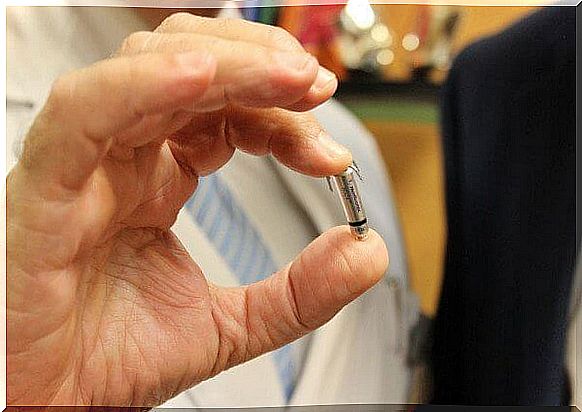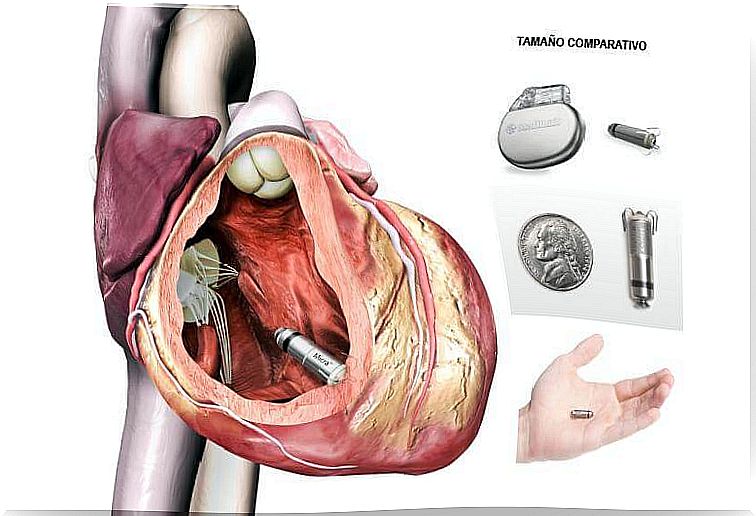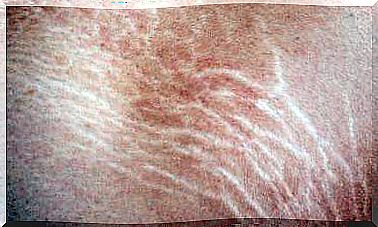Micra: The World’s Smallest Pacemaker Implanted Without Surgery
It’s called the Micra – the smallest pacemaker. Its own name already describes the fantastic technology available to this revolutionary pacemaker that, in a short time, is changing the lives of thousands of people who already have access to this device.
Pacemakers, until not long ago, were implanted through a delicate open-heart operation. Over time, the size of these machines has been reduced, all with the ultimate aim of controlling and regulating the patient’s heart rate.
Now, it was at the end of 2013 when the company “Medtronic” showed the world something new. Something sophisticated and a revolution for the field of medicine. It was the “Micra”, the smallest pacemaker in the world that could also be implanted without the need for surgical intervention.
Something wonderful that we want to share with you.
Micra, beating with life
Although this device was introduced in 2013, as we already know, the approval, commercialization and distribution times of any technique or new drug are slow.
- Micra received the “CE” mark of conformity in 2015. In this way, and only a few months ago, it was started its commercialization and distribution within the entire territory of the European Union.
- After rigorous tests, it was proven to be highly effective and reliable compared to traditional pacemakers. It was something revolutionary that, since then, has only brought hope and good results.
- For its part, the United States Food and Drug Administration (FDA) approved the Micra in mid-2016.
The implantations carried out so far are also very positive and, according to what we are told, this pacemaker is covered by most health insurance.
Features of the world’s smallest pacemaker
The “Micra” pacemaker measures 24mm. It is similar to a one euro coin. Between 2014 and 2015 it passed all the experimental tests in a global trial where its innovative technological system was indeed confirmed.
The characteristics of this pacemaker are as follows:
- It is a one capsule, without cables and without subcutaneous battery.
- To implant it, it is not necessary to undergo surgery.
- It is installed in the heart of the patient using transcatheter technology. It is given through an injection into the person’s groin vein so that the device is lodged in the right ventricle.

- Also, this novel pacemaker remains hooked by small teeth or small tips to the heart itself. No need for cables.
- After this, it begins to emit electrical impulses to keep the heart beating, also adjusting to the patient’s own activity.
- There is also no need to apply any “surgical pocket under the skin”. That is, no one will notice that the patient is wearing a pacemaker, because it is not visible. This capsule is firmly “installed” in the heart itself.
- Nothing else is needed, no cuts, no wounds to stitch, no hospital stay for several days …
A big change in the age of heart disease
This new technology is not only a clinical advance. We cannot forget the psychological impact that patients have to undergo surgery to implant a pacemaker.
- This device is easy to apply and does not leave any scars. What’s more, if at any time there is a problem, it can be easily “repositioned”.
- However, as the experts say, the “Micra” allows a completely stable fixation. The most important thing of all this is that, unlike traditional pacemakers, it does not damage the heart tissue at any time.
- We are therefore facing an advance to treat heart disorders, where doctors and patients have a simpler and equally safe tool.

Negative aspects to consider
The “Micra” pacemaker is a revolution right now in the clinical and heart disease world. However, doctors tell us that this is only the beginning.
It is expected that, in a few years, this system will progress to give a better response in all cases. Likewise, there are also hopes that, little by little, the durability of this mechanism will be more extensive.
At the moment the “Micra” has the following limitations:
- It has a durability of 10 years. After that time the device must be changed.
- Another detail that we must take into account is that this pacemaker cannot be implanted in very obese people. There are serious limitations that may not give the expected result. More progress is needed.
- Likewise, another detail that we cannot forget is that the Micra cannot be applied in patients who already have traditional pacemakers.
These people could not benefit from this technology and will have to continue with the mechanisms they already have to control their heart rate (and which are obviously just as effective). Hopefully in a few years science will continue to advance to provide a simple and effective answer to problems as serious as heart disease.









